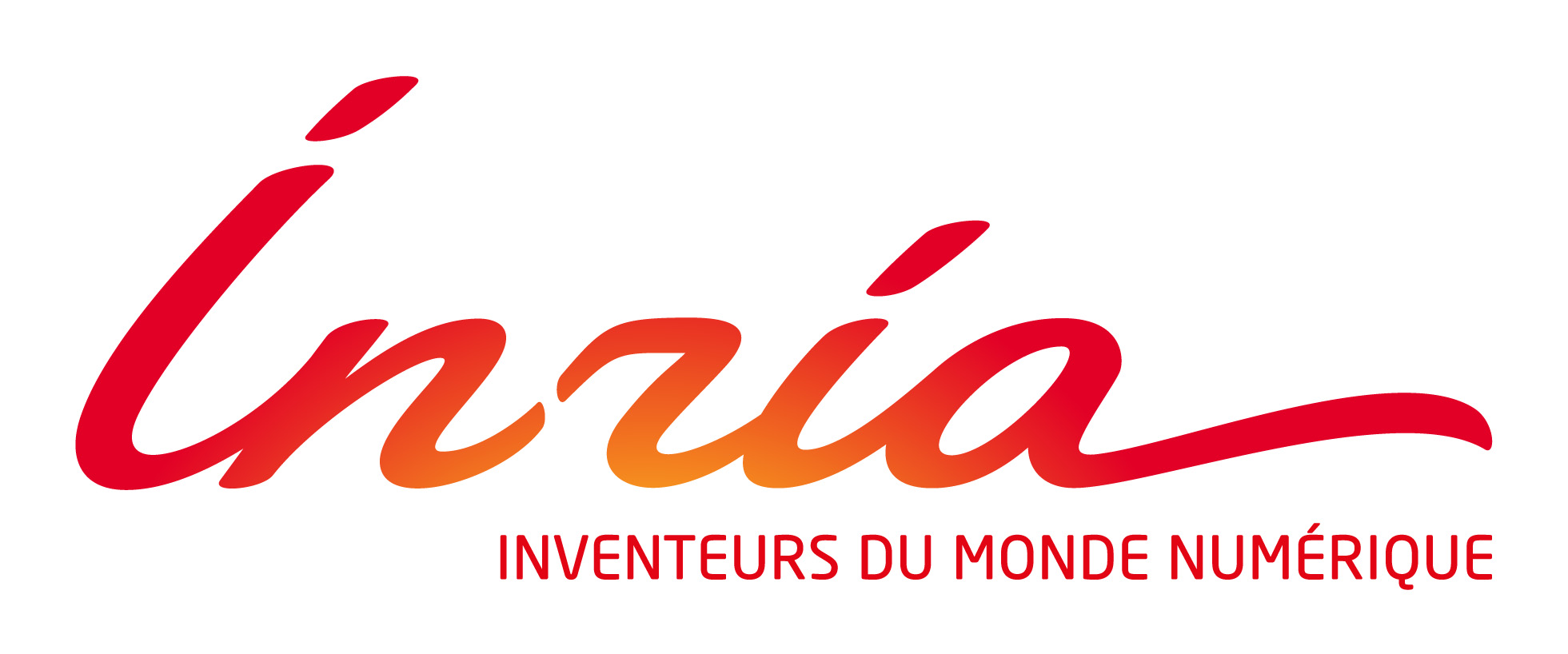Abstract:
Open Education Resources (OER) represent today a proposal supported by international institutions like UNESCO or the OECD. The goal it to make courseware accessible, reusable, mixable.The OER movement run parallel to those of open software & many lessons from one field can be applied to the other:
Open science is today beginning to take a new turn, revolutionizing how scientific research is achieved. So far, open science boilt down to providing open access to the results of research (open publications, open data, open code, …). Some initiatives have taken it one stage further by opening and crowdsourcing the process of knowledge creation itself. Here, researchers provide publicly (on blogs, wikis or forums) the current state of their ongoing work and experimentation, and explain what they are achieving but also where they are blocked.
This aims to crowdsource the creativity and intelligence of other colleagues outside their labs, or of non-scientists. An example is the Polymath project, where for example high-profile mathematicians leveraged the help of an online community of mathematicians to solve important problems they were encountering. This allows science to progress fastest, and even to reach results otherwise unreachable. This goes also further than participative science, where for example everyone can contribute observations of stars or plants to fill in the databases of scientists. Here it is the very process of understanding and problem solving which is crowdsourced.  |


